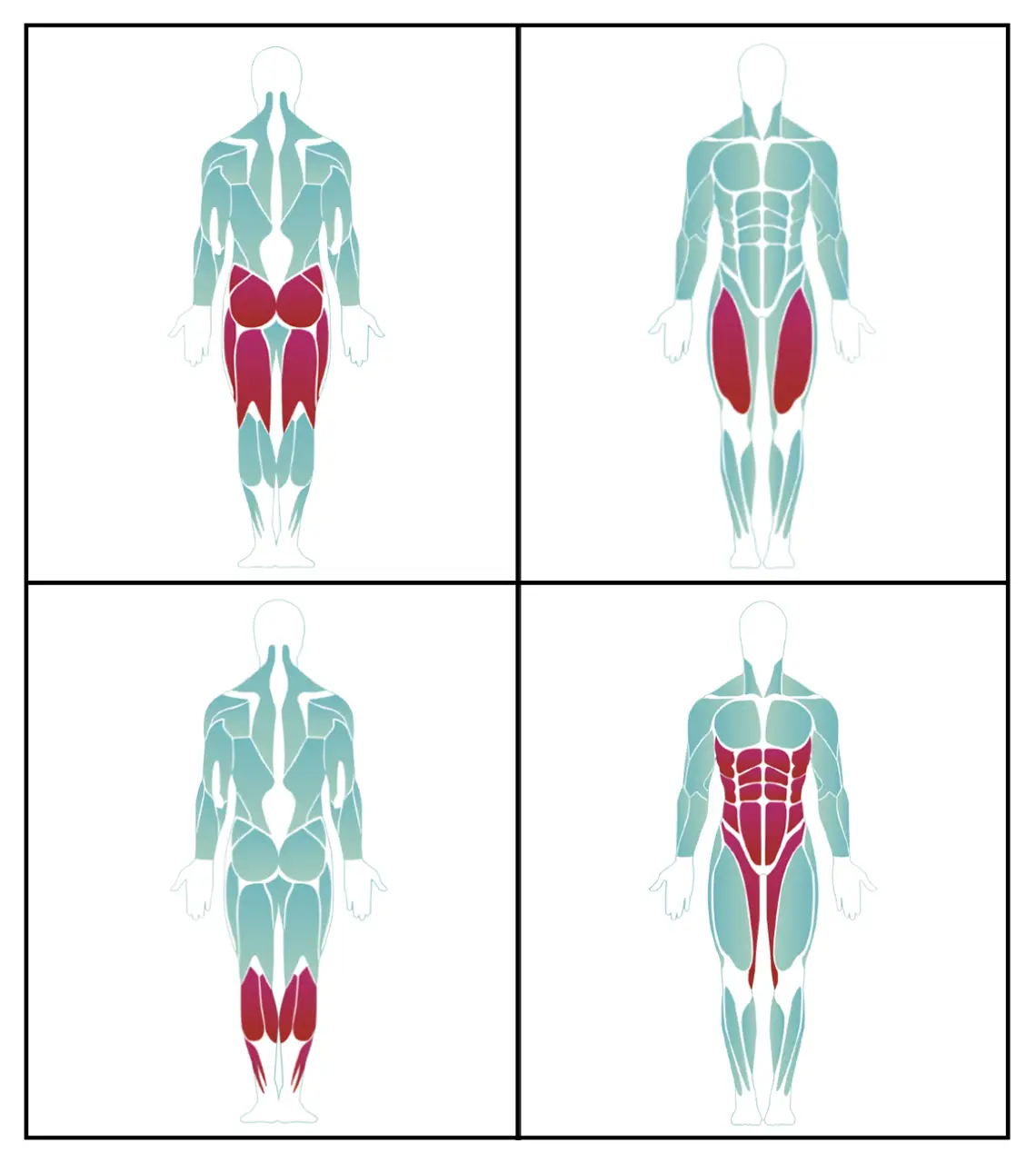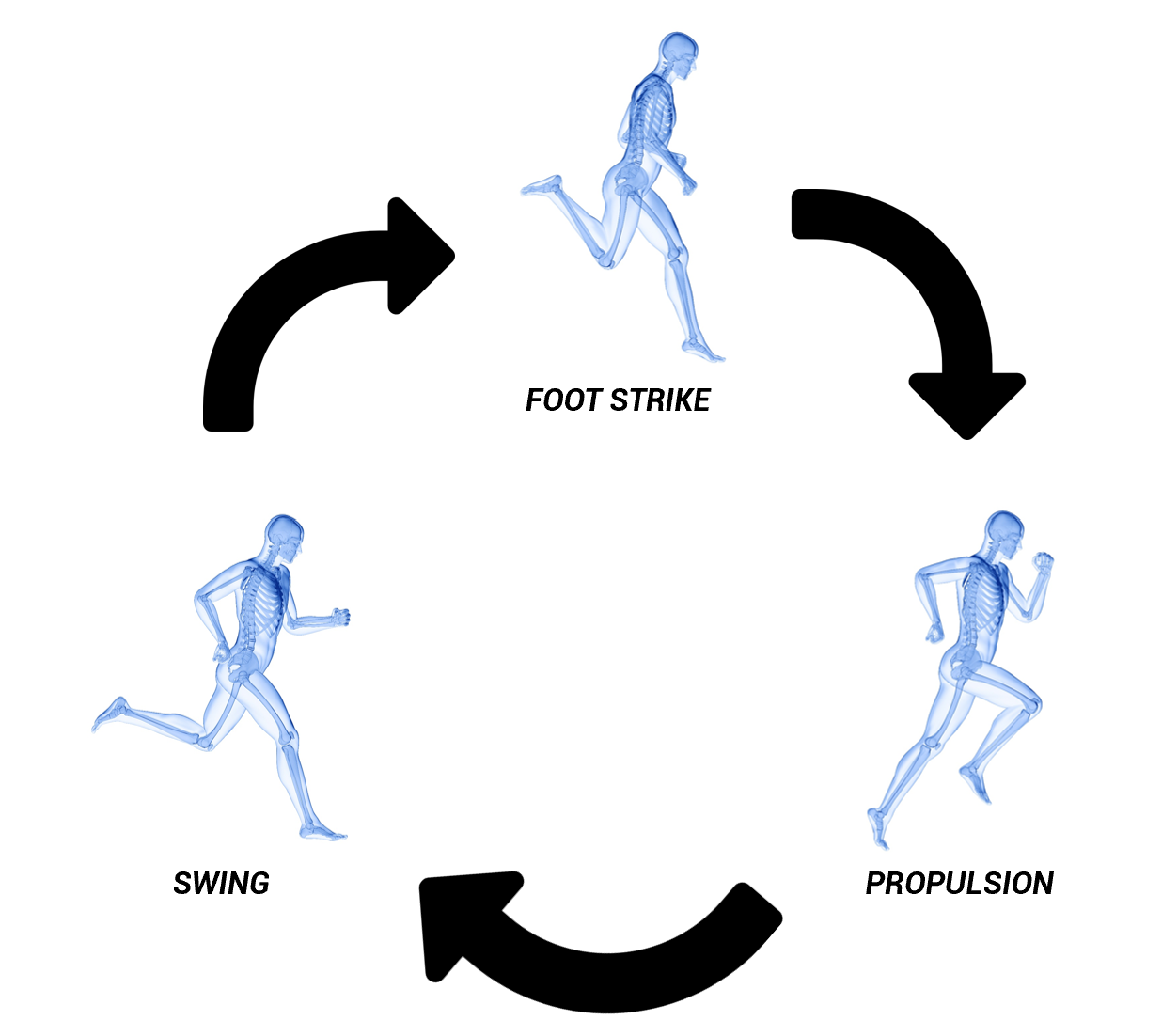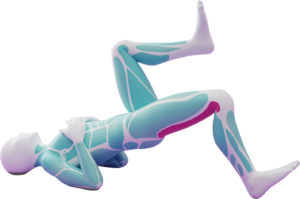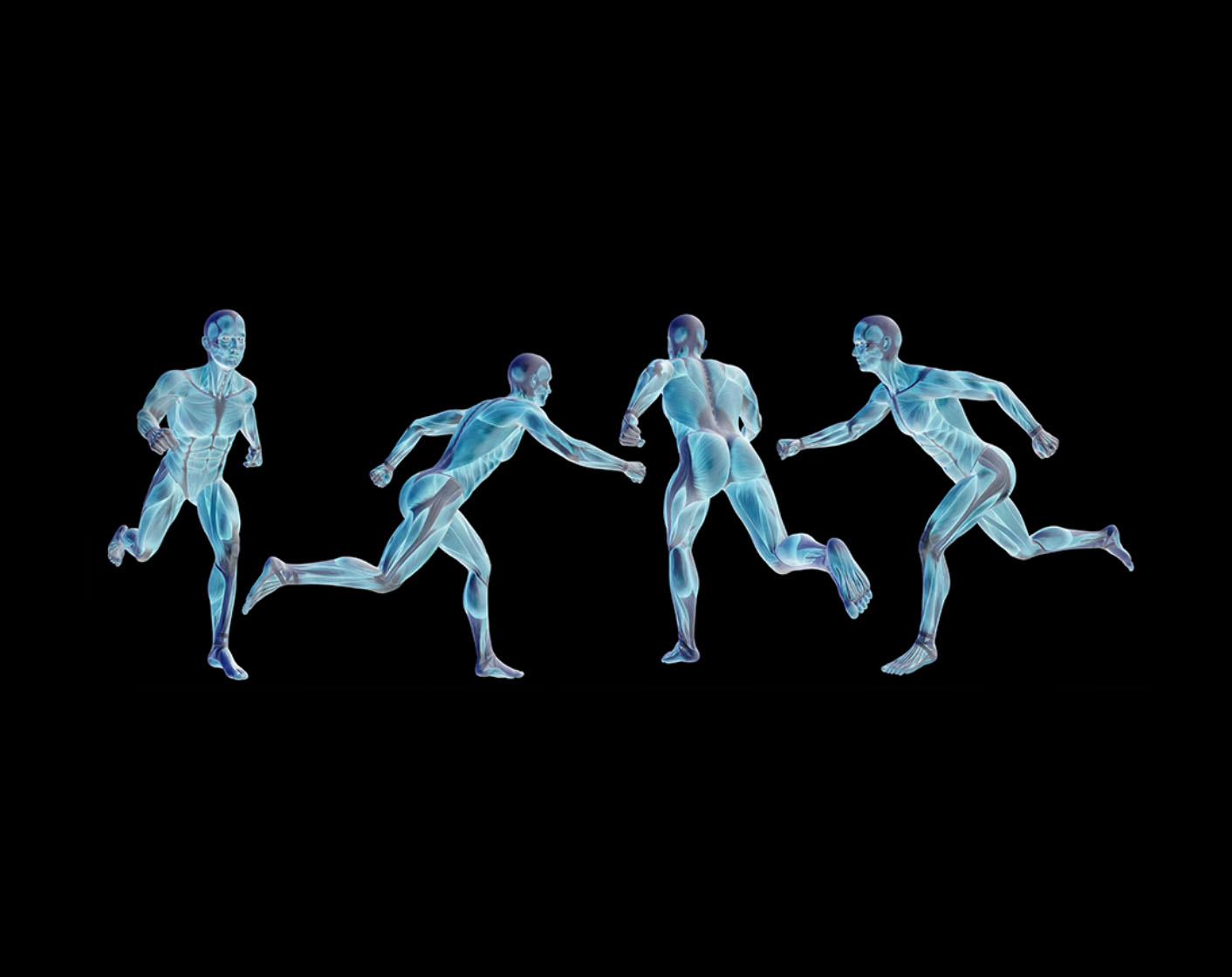
PhysioFrog’s Running Warm-Up: PBs Only
- Noah Soliman
The running community across the world has grown substantially; the streets on early mornings, lunchtimes, and evenings are filled with avid runners looking to maintain cardiovascular health, keep in shape, and flex new records to their friends on Strava! However, whilst the act of running has accelerated public health, bodily preparation and recovery from running has lagged behind. The public understanding for our bodies is quite shallow, heavily increasing our risk of preventable injury and limiting our potential. In this episode, PhysioFrog looks to dive into the optimal preparation for runners – which includes the optimal running warm-up and the pre-run stretches and exercises involved.
Anatomy of Running
Having a strong foundation of the muscles responsible for executing your stride will make you more informed during your preparatory and recovery phases, enabling you to decide what are the best stretches to do before running.
The primary muscles used when running:
Hamstrings + Glutes: These two muscles are located at the back of your legs and consist of 3 individual muscles each. The primary role of the hamstrings is to extend the hip and flex the knee, whereas the glutes look to stabilise the upper body and pelvis.
Quadriceps: The quadriceps are a group of 4 muscles located at the front of your thigh, with their primary role being knee extension and hip flexion.
Calves: Consisting of 3 muscles, the calves act as the initial propulsion when walking or running and control foot and ankle movement.
Groin + Core: The groin area consists of 5 muscles and are responsible for raising the legs. The core muscles are a collective term for all the muscles in-and-around your back, stomach, and pelvis – such as your abdominals. Your core provides balance to your body and is the key to your body’s kinetic chain (energy transfer and interaction between body parts).

As you’re probably familiar with, every running warm-up should consist of a mixture of stretches. Focusing on these muscles when implementing a routine of stretches before running is critical to reduce injury risk, improve comfort and form, and maximise performance. Later in this blog, we will look into sports science’s most effective stretches to do before running – all available on the PhysioFrog app.
Mechanism of Running
Now we’ve got an idea of the muscles involved, let’s apply it to the running mechanism.
Foot Strike: As your front foot strikes the ground, your quadriceps are engaged to absorb the ground impact, providing stability.
Planted Foot: As your body shifts forward whilst your foot is planted, the effort is shifted to your upper calves as they look to withstand the contact pressure.
Propulsion: As your front foot now becomes your back foot, your calves are once again activated to lift the foot off the ground.
Swing: During the period in which the back foot is brought forward, the groin and hamstring muscles are activated to bring the knee forward. The hamstrings and glutes are engaged to slow, control, and stabilise the leg ahead of ground contact.
Stabilisation: During this entire movement, your core is responsible for stabilising your body – preventing unnecessary movement of your arms and legs which use energy.

When we describe these muscles as being ‘activated’, it means they’re contracting and relaxing. If you were to suffer a muscle injury whilst running, think about the moment the incident occurred – as it’ll have likely happened during its period of activation! Therefore, we strongly recommend integrating a set of stretching exercises before running to reduce your injury risk!
The Optimal Running Warm-Up
A running warm-up should look to prepare your body mentally and physically for upcoming exercise, focusing on minimising injury risk, maximising comfort, and maximising performance. These boxes can be thoroughly ticked with a comprehensive exercise routine that tends to all muscles and prepares your body for the motions of running.
Available to follow their 3D muscle-body animations and recommended reps and intensities on PhysioFrog, here are some great pre-run stretches and exercises to follow:
Hamstring Leg Lifts: When engaging the hamstrings to control the leg ahead of ground contact, it is eccentrically contracting (contracting as it lengthens) to ensure a safe planting of the foot. This exercise looks to develop the muscular endurance in your hamstrings so their contractions are always strong and efficient – reducing injury risk and energy usage.
How to Perform:
(1) Lie on your back with your feet positioned shoulder-width apart.
(2) Squeeze your butt to lift your lower back so it’s parallel with your legs.
(3) With your heels dug into the ground towards you, raise your non-target leg up so it makes a 90-degree angle with your target leg.
(4) Hold the leg at the top of the movement for a second before returning.

Pogo Jumps: This exercise will directly increase the strength and endurance of your calves, enhancing the propulsion phase of the running mechanism. This will likely translate into more comfortable and confident runs, and subsequently better performances.
How to Perform:
(1) With your feet close together, aim to keep your knees straight.
(2) Use your ankles to perform continuous, small jumps.

Lying Quad Stretch: Research has suggested that muscles of greater length can safely absorb and transfer higher energy loads. Therefore, to guarantee safety upon the foot strike phase, this exercise looks to stretch your quadriceps.
How to Perform:
(1) Lie on your side with your target leg on top of the other.
(2) Bring your top foot back towards your butt, with your hips pushed forward.
(3) Hold this position.

The Lying Quad Stretch is one of PhysioFrog’s best pre-run stretches you can perform just before you run. As for the Hamstring Leg Lifts and Pogo Jumps, these exercises will effectively promote blood flow to their respective muscles, warming them up. This will ensure high muscle pliability and mobility ahead of your runs. However, do not perform these two exercises at a high intensity directly before you run, as you could tire yourself out!
For Your Comfort & Confidence
These pre-run stretches and exercises, alongside their theoretical significance, should give you the comfort and confidence to push your lower body during runs. This is because with a comprehensive running warm-up using the exercises listed, your muscles should be more than capable of withstanding and transferring the energy required to hit new PBs and accelerate your cardiovascular health. Be sure to stay consistent with your warm-ups and these stretches before running for consistently optimal athletic performances.
For exercises that look to enhance your muscles’ mobility, strength, and endurance, check out the PhysioFrog mobile and web applications. Our ‘Your Body’ feature allows you to select muscles that are uncomfortable or you wish to develop, and you will be recommended with corresponding exercises based on your inputted age, sex, occupation, and sports played. Join the community of runners over at physiofrog.io!
Once again, thanks for reading.
Noah Soliman, Principal @ PhysioFrog
Get to grips with the physiology and mechanisms behind our warm-ups, and learn how their applications can maximise your on-field performances. Along with the physical benefits of muscle preparation, get an insight into its psychological benefits to truly understand your mind and body!
Get to grips with the physiology and mechanisms behind our warm-ups, and learn how their applications can maximise your on-field performances. Along with the physical benefits of muscle preparation, get an insight into its psychological benefits to truly understand your mind and body!
Based on your age, sex, and occupation, we recommend exercises that ensures injury-free and performance-rich runs





